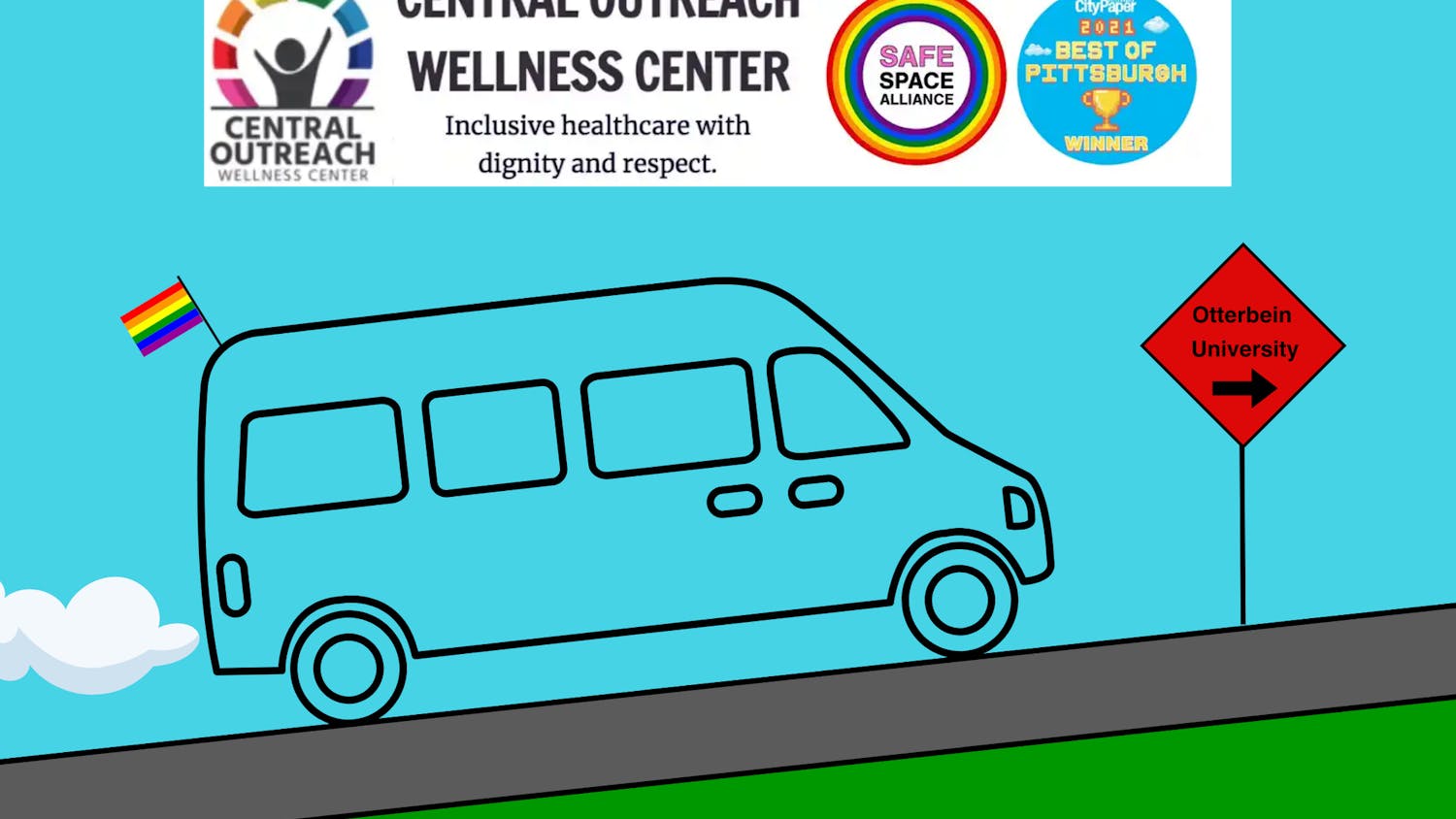As residents of a small city, many Otterbein students may believe that they have distanced themselves from the influence of narcotics. However, the number of people using heroin is rising in urban, rural and suburban regions across the U.S., including Westerville.
Westerville police reported 43 cases involving drugs such as heroin, cocaine and oxycodone in 2013, close to double the number of cases from 2012.
Westerville Police Chief Joe Morbitzer said Westerville police often see this issue firsthand. “Right now the primary drug, other than weed, is heroin,” Morbitzer said. “We used to have the stereotype that this was an inner-city, low socioeconomic class that was using heroin. That’s not the case today. There is no profile of a heroin user. We’ve had professionals right down to people that are destitute that are using drugs.”
Morbitzer said the low price of the drug contributes to this increase in cases. It is currently the cheapest drug in the market at $7 a “bindle,” a slang term for a package purchased from a dealer, compared to a similar high reached with more expensive prescription drugs.
There have been 18 hard drug-related cases in Westerville that included charges such as theft, manslaughter, assault or theft. One case involved a suspect who was found to have robbed multiple gas stations in and around Westerville and a Subway restaurant. Police later found heroin and paraphernalia at the suspect’s Westerville residence.
The Westerville police department identified an increase in the number of cases involving heroin about five years ago. Before this increase, Westerville was known as a fourth- or fifth-cut city, which means that the heroin would have been brought in from another city, where it would have been “cut,” or mixed with other drugs or substances, diluting the drug, before reaching Westerville at around 20 percent purity.
After the increase, Morbitzer said the drug “comes directly into central Ohio from cartels in Mexico. What we’re getting is a product that is over 80 percent pure, and you see a lot of the heroin overdose deaths as a result of that,” Morbitzer said.
Prescription painkillers and other drugs such as Percocet, a drug that contains the painkilling substances oxycodone and acetaminophen, are at least partially responsible for the increase in cases. Many abusers of prescription drugs become addicted to painkillers via legal prescription then develop a tolerance to their drug, eventually “graduating” to using heroin, according to Morbitzer.
State and local governments are struggling with the latest outbreak. Vermont Gov. Peter Shumlin devoted his State of the State address on the state’s heroin outbreak. Gov. Chris Christie signed legislation to give New Jersey medics access to a drug that will reverse the effects of a heroin overdose.
According to the Drug Enforcement Administration, users can never be sure of the purity they’ll get in each dose, creating a high potential for overdose. Ohio’s Cuyahoga County experienced a record number of heroin overdose deaths at 195 deaths in 2013, up from 161 in 2012.
The Westerville police work closely with the DEA on enforcement; they have a member on the DEA task force. Morbitzer said that more cooperation between levels of care for addicts, such as the judicial level and mental health treatment, is needed in order to make it more convenient and effective for addicts to seek help.
The Delaware County police department, located north of Westerville, administered 71 doses of naloxone, or Narcan, in 2013. Naloxone is a drug that reverses the effects of overdoses of heroin and other substances.
Deborah Kadlec, a therapist at Westerville’s Concord Counseling Services, said that in her career she has worked in a private practice for 13 years at Netcare, a Columbus-based mental health and substance-abuse service, and at various hospitals. She says she has only seen heroin addicts in the last four or five years and is working with 10 addicts at Concord Counseling.
Kadlec says that heroin is “one of the most powerfully addictive substances on the planet” at 100 percent physical dependence within two weeks of someone using it. Addicts who do attempt to quit experience withdrawal, which can be deadly without proper help.
“Out of 100 addicts, out of one year, only 20 percent relapse if they have medically assisted treatment,” Kadlec said. This includes physical treatments like methadone and mental health treatments such as group counseling.”
Morbitzer said “ultimately it’s up to the individual to accept it, but I think we as a society also have to address the problem, when we see them, rather than turning the blind eye, which is what we do quite often.”
Danielle Lanning contributed to this story.






